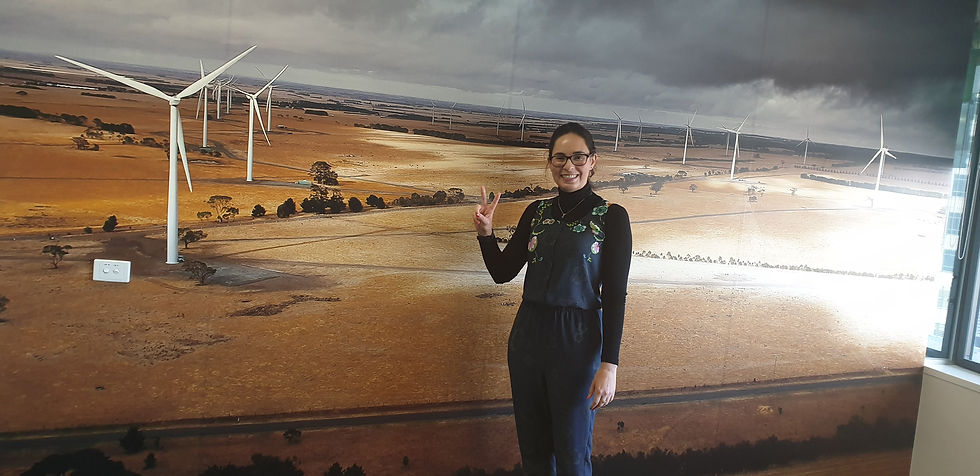Cleaner Production in Leather Tanning: Reducing Waste and Recovering Resources
- Carolina Agudelo Arbeláez

- 25 may
- 2 Min. de lectura
Actualizado: 6 jun

As part of the team that designed the Cleaner Production initiative in the Aburrá Valley, I saw from the outset a unique opportunity to challenge the norms of a traditionally polluting industry. The leather tanning sector—long associated with excessive water and chemical use—represented not only a technical and environmental challenge, but also a powerful space for transformation through innovation and collaboration.
I had the privilege of leading the technical research behind this project, working hand in hand with a multidisciplinary team that included tannery operators, local authorities, and fellow researchers. Together, we sought to rethink the tanning process through the lens of circularity—recovering inputs, minimizing waste, and reducing the overall environmental footprint.
One of the first and most impactful interventions we implemented was chromium recovery through chemical precipitation. Chromium is essential in leather tanning, yet highly harmful when discharged into the environment. In the lab, I oversaw the formulation of precipitating agents and optimization of process conditions. The result was striking: we managed to recover and reuse up to 99% of the chromium, reducing both environmental discharge and raw material costs. This not only made the process more sustainable—it made it more efficient.
Another breakthrough came during the dehairing and tanning stages. By applying a direct recirculation method—reusing process water after minimal treatment—we achieved a 64% reduction in water consumption. This also led to a 32% reduction in the use of sodium sulfide, lime, and caustic soda, all critical but aggressive chemicals in dehairing. I was directly involved in testing the quality of leather after each recirculation cycle, confirming that product standards remained uncompromised for up to four full cycles.
To further reduce chemical waste, we focused on increasing chromium exhaustion during the tanning process. By adjusting parameters such as pH and temperature, we improved chromium uptake by the leather, leaving less residual metal in the effluents. These seemingly small changes in process control had outsized effects on both environmental performance and material efficiency.
Throughout this project, I gained more than just technical knowledge. I witnessed firsthand how collaborative innovation can shift the trajectory of entire industries. The experience strengthened my commitment to environmental engineering, and showed me the true power of applied science in solving real-world problems.
This project continues to shape the way I approach sustainability today. It affirmed my belief that solutions rooted in circular economy principles—resource recovery, process optimization, and collaborative implementation—are not only possible, but essential. As an engineer, researcher, and advocate for environmental innovation, I carry these lessons with me in every challenge I take on.
Discover how we applied circular economy principles to reduce environmental impact and recover valuable resources in leather tanning—read the full article for technical insights and key results.
































Comentarios